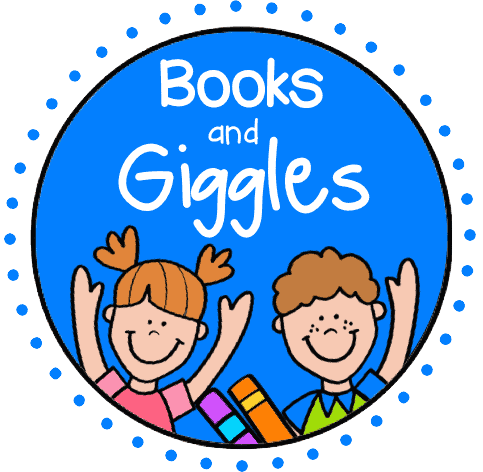Sight Words vs. Phonics: What Parents Need to Know
Inside: Sight Words vs Phonics – which should kids focus on as they learn to read? This post will help parents and caregivers navigate helping their children learn to read.

What ‘Sight Words’ Means
A sight word is a word that doesn’t follow normal spelling patterns. These are words like come, who, or said. Schools often encourage young children to memorize sight words because they’re more difficult to decode (or sound out).
You may also see the term “high frequency words.” Some people even use that term interchangeably with “sight words” (guilty!). Technically, though, there’s a difference. High-frequency words (such as Dolch words and Fry words) are the words that are the most commonly found in children’s books.
These high-frequency lists include words such as did, not, and up, which of course emerging readers can sound out. Some schools require children to memorize these as well, though.
Advantages of Teaching Sight Words
Teaching sight words can be extremely helpful. These words don’t fit normal spelling or sound patterns, so asking your child to sound out the word is probably going to confuse and frustrate them (and you!).
Most importantly, memorizing sight words and high-frequency words reduces frustration and increases your child’s positive response to reading. They’re going to have fewer words they don’t know how to read, which will make reading more enjoyable for them.
Related: 29 Amazing Sight Word Activities for Home Learning
Building confidence and enjoyment of reading is crucial in the early stages of learning. The more confidence you can build in your child at an early age, the more likely they are to be a lifelong reader!

What is Phonics?
Phonics is, at its simplest level, understanding that every letter makes sounds, and that groups of letters can combine to make different sounds.
For example, it is understanding that the letter t makes a /t/ (tuh) sound on its own, but makes a /th/ (thuh) sound when it is joined with an h.
A solid foundation of those letter-sound relationships is important for sounding out words.
Advantages of Teaching Phonics
Phonics lays the foundation for long-term success in reading. When your child comes to a word they don’t know and they haven’t memorized as a sight word, they have a choice:
- They can skip it and miss out on meaning, or
- They can try to break it down and figure it out based on the sounds the letters make.
When students have phonics skills in their reading toolbox they can break down more words and become independent. They’re no longer waiting for someone to tell them what a word is. They can figure it out for themselves.
The biggest advantage to teaching phonics is the emphasis on being an accurate reader. Kids are less likely to just guess (and guess wrong) what a word is. You’ll see a big payoff later in terms of reading comprehension!

Also, when a student can accurately read a word based on its sound parts multiple times, their brains become faster decoders.
In the early stages of reading, you’ll probably notice your child having to verbally make the sound each letter or letter combo makes, oftentimes pointing to those letters as they make the sound. As they get faster and more confident, you’ll notice that process becomes more internalized. This means they are getting faster at decoding and no longer need to say the sounds out loud. They’re doing that process in their heads!
By the way, you might not realize it because you’ve had so much practice, but your brain is automatically decoding words as you’re reading this. You’ve just become so fast at it, you don’t even realize you’re doing it. That’s the ultimate goal for any reader – to train their brains so that the process of reading becomes quick and efficient over time.
So… Sight Words vs Phonics
There’s quite a bit of debate about sight words vs phonics in the educational world, but experts are leaning more and more towards a combination of the two teaching methods.
Memorizing sight words helps students get off to a fast start and can help build their confidence, but on its own can leave some pretty significant holes in your child’s development as a reader.
A strong foundation in phonics will help your child when they come to a word that they don’t know by being able to break it down by its sound parts and put them back together to form the word. Combined with their knowledge of memorized sight words, they’ll become faster, more fluent readers.
The fast start of sight words combined with the long-term use of decoding is a powerful combo. The continual decoding of a word will eventually turn it into a word they recognize by sight (hmm…that sounds familiar), making them the child a faster, more accurate reader.


